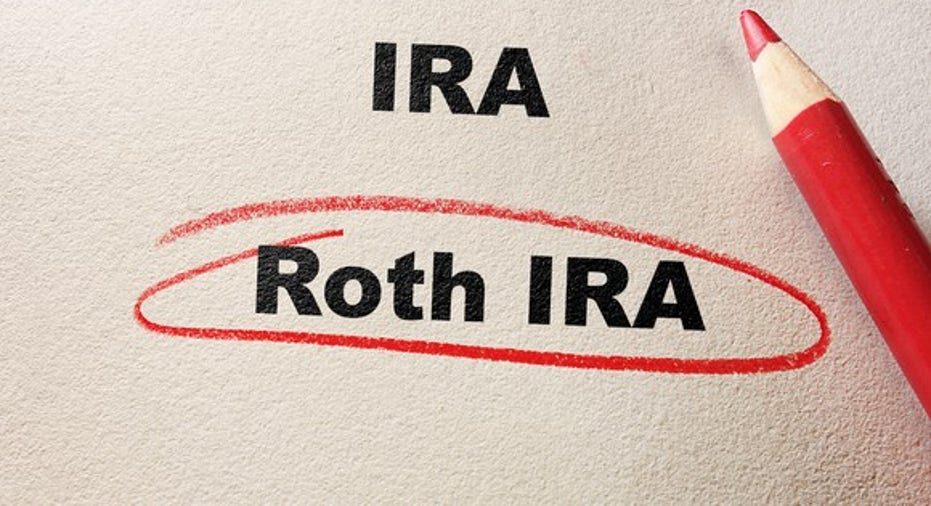How to Open a Roth IRA if You Make More Than $133,000

Roth IRAs are one of the only ways that Americans can completely avoid taxes on investment income. However, there are income limits that can prevent you from making contributions to a Roth IRA. Fortunately, there are ways around these limits that you can use to open a Roth IRA if you're determined to do so. As you'll see below, the backdoor Roth IRA is still available, but it's important to know the rules in order to use the strategy correctly.
What income limits apply to Roth IRA contributions?
Most Americans who work are allowed to make Roth IRA contributions. The maximum annual contribution is $5,500 for 2016 and 2017 if you're younger than 50, or $6,500 if you're 50 or older. As long as you have earned income from a job or business of at least that amount, then you can make the full contribution each year.
Image source: Getty Images.
However, there are income limits that apply to Roth IRA contributions. As the chart below indicates, those whose modified adjusted gross income falls in the ranges below can only make a partial Roth contribution.
Data source: IRS.
If you earn above the higher end of the range -- $133,000 in 2017 for single filers or $196,000 for joint filers -- then you're not allowed to make Roth contributions at all.
The amount by which the maximum contribution is reduced depends on where your income falls. For instance, if your income is at the midpoint of the income limit range, then you'll be able to make a contribution of half the typical maximum: $2,750 for those under 50 or $3,250 for those 50 or older. The closer you are to the upper end of the spectrum, the more your maximum contribution gets cut.
How to open an IRA despite the income limits
Yet even if your income is higher than the limits listed above, there's still a way you can get into a Roth IRA. The income rules don't apply to Roth IRA conversions from traditional IRA or 401(k) assets. Therefore, if you convert an outside traditional IRA or 401(k) account, you can effectively open a Roth.
There's even a way to do this in some cases without having a tax impact. Ordinarily, Roth conversions from IRAs that were funded with deductible contributions create tax liability equal to the amount converted. However, those who don't have any existing IRAs can open a nondeductible IRA and immediately convert it to a Roth without any tax impact. This strategy is known as the backdoor Roth IRA, and legislators have frowned upon the practice in the past. However, they haven't eliminated the strategy, and so you can consider it among your options in getting into a Roth.
Where things get complicated is if you try to convert a recently opened nondeductible IRA when you have other deductible IRAs from the past. In that case, the IRS will treat you as having converted a portion of each IRA you own, some of which will cause tax liability once the money is distributed outside the IRA. That in turn will create some taxable income, and while that's not the end of the world, it's still a bigger price than you'd bear than those who don't have past deductible IRAs still around.
Roth IRAs can be extremely useful for your financial planning, and it's not surprising that many people want the change to get into Roth IRAs despite the income limits they impose. By taking advantage of the backdoor Roth strategy, you might be able to open a Roth IRA even if your income is high enough to prevent you from making direct contributions to such a retirement account.
The $16,122 Social Security bonus most retirees completely overlook If you're like most Americans, you're a few years (or more) behind on your retirement savings. But a handful of little-known "Social Security secrets" could help ensure a boost in your retirement income. For example: one easy trick could pay you as much as $16,122 more... each year! Once you learn how to maximize your Social Security benefits, we think you could retire confidently with the peace of mind we're all after.Simply click here to discover how to learn more about these strategies.
The Motley Fool has a disclosure policy.